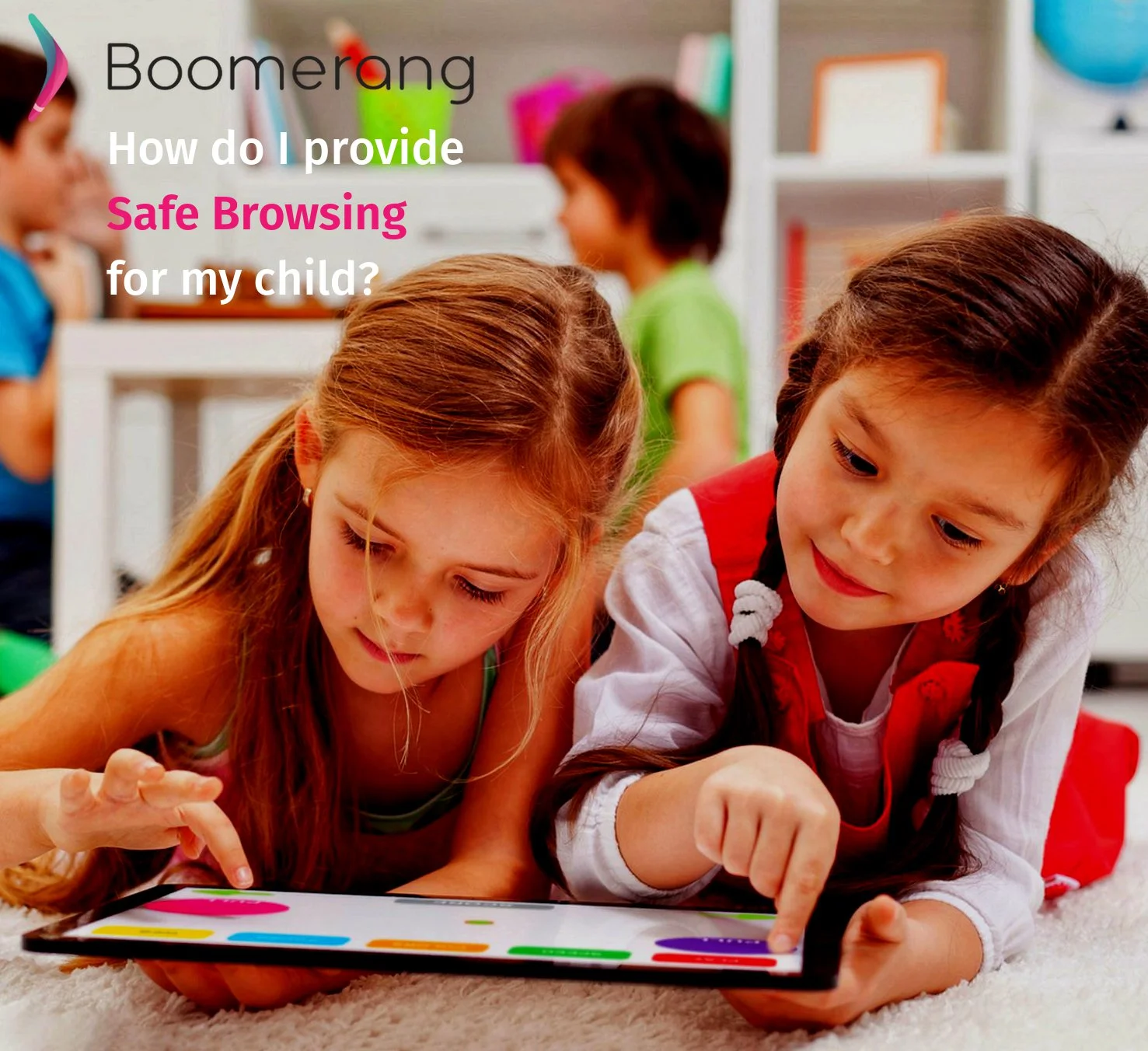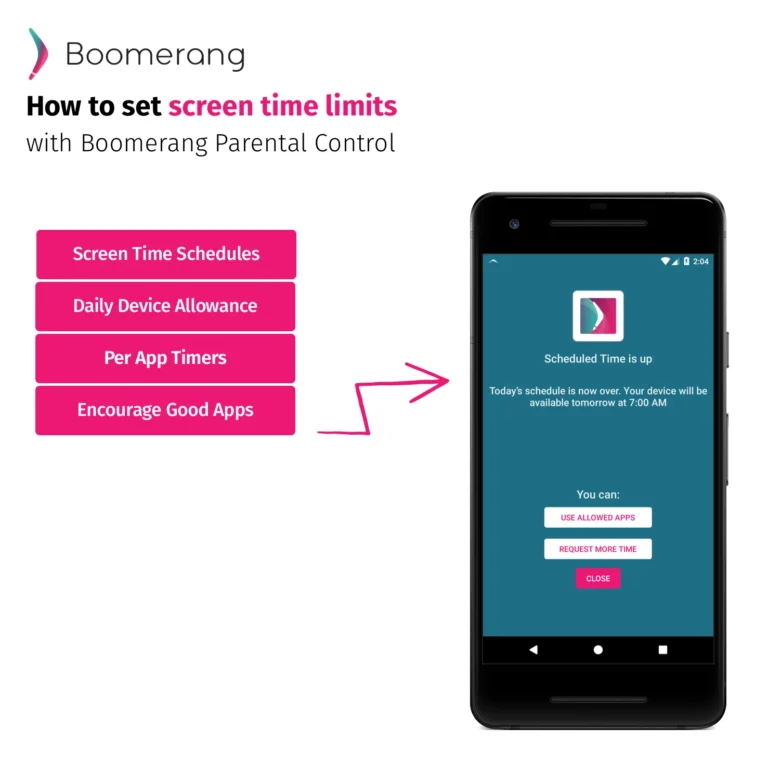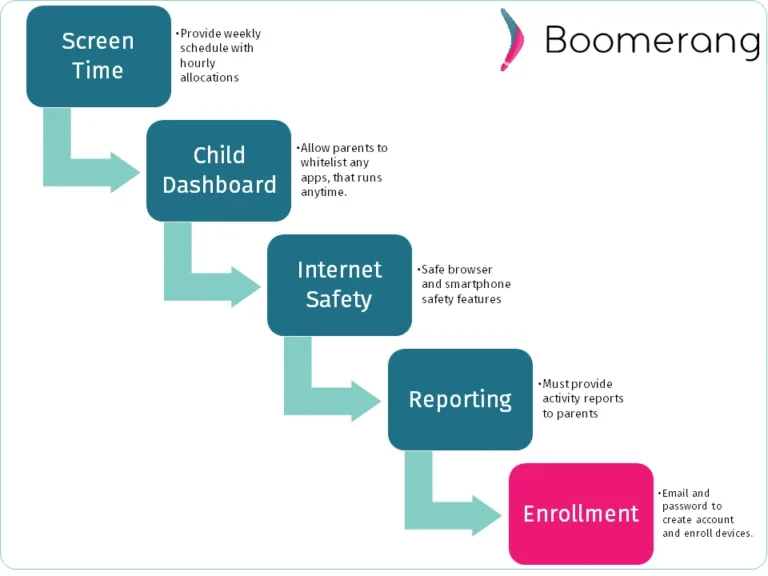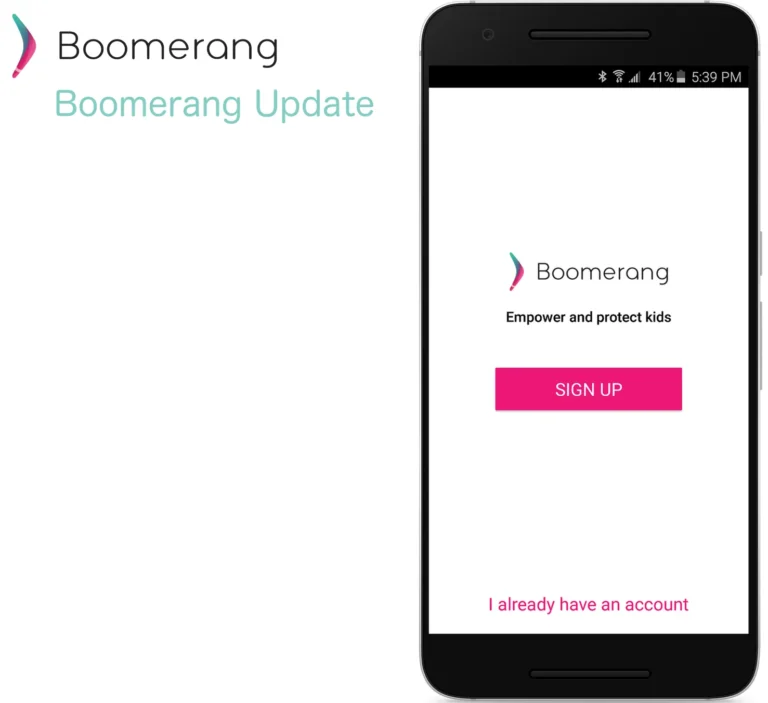17
Apr
2018
How do I provide safe browsing for my child?
April 17, 2018

There is a huge wide world on the internet, and there is a large portion of it that we would never want our children to see. Many of these websites we wouldn’t want our children to browse, even when they are grown and out of the house. Limiting access to the internet entirely is extremely difficult, as homework and research projects are now done largely online. So, how can you give your children access to the awesome educational resources and tools available online, yet keep them safe from the darker side? Filters Having filters in place on each device that has access to the internet is your first line of defense against inappropriate content. Filter the content at several points along the trail to the internet. For example, you can place a filter on the device itself, one that covers the entire network, and often even one through your internet service provider. With filters, we say the more the merrier. If a site happens to slip through one filter, the next one might be able to catch it before it reaches your child. There are many options to choose from when it comes to filters. Boomerang has a filter built into our SPIN browser automatically to help limit access from your child’s device. Safe Search While filters are great at removing access to entire sites with inappropriate content, there are definitely ways children can come across it without ever leaving the Google domain. Fortunately, Google has a great tool to try and help keep kids from seeing “the bad stuff”. The image search through Google can bring up offensive photos with even the most innocent of search terms. While turning on Safe Search can certainly help curtail this, it is not a foolproof solution. It is still highly recommended to force Safe Search on any browser your child might be utilizing. Monitoring While filters and Safe Search help tremendously with accidental access to inappropriate content. What happens when your child tries to actively circumvent the filter and is looking for the content? This is where active monitoring comes into play. Make sure you are able to access reports on what websites and YouTube videos your child has been viewing. When you do find that your child has visited a site, or watched a video that would not be approved, you can sit down with your child and explain why it was not allowed, and assign an appropriate punishment. Another form of monitoring is having the family computer or access to devices only allowed in public locations like the kitchen or the family room. It is a lot harder for children to get into things they shouldn’t be when Mom or Dad or a sibling could walk by at any minute. Physical monitoring, by frequently being in the same room as the child who is using the internet, is just as important as the digital kind. Block Access Children should not be on devices that have access to the internet during late night hours. One way to combat this is to turn off access to the internet from your wifi router at a certain time every night. You can also set individual bedtimes on the devices themselves through utilities like Boomerang. Finally, you can have a rule to hand in devices each night to be charged and kept safe in the Parents bedroom. However, if you are a heavy sleeper, this plan may not work the best for your family. In addition to using the technology and tools available to help protect your children, we always recommend having frequent conversations with your family about the appropriate use of the internet. These days, even the best blockers in the world can let things slip through the cracks. Your children should have a plan in place for what they will do when they see something they shouldn’t. Roleplay the situation with them, so when it comes time to execute the plan, they will have practiced it several times and know exactly how to handle it.




